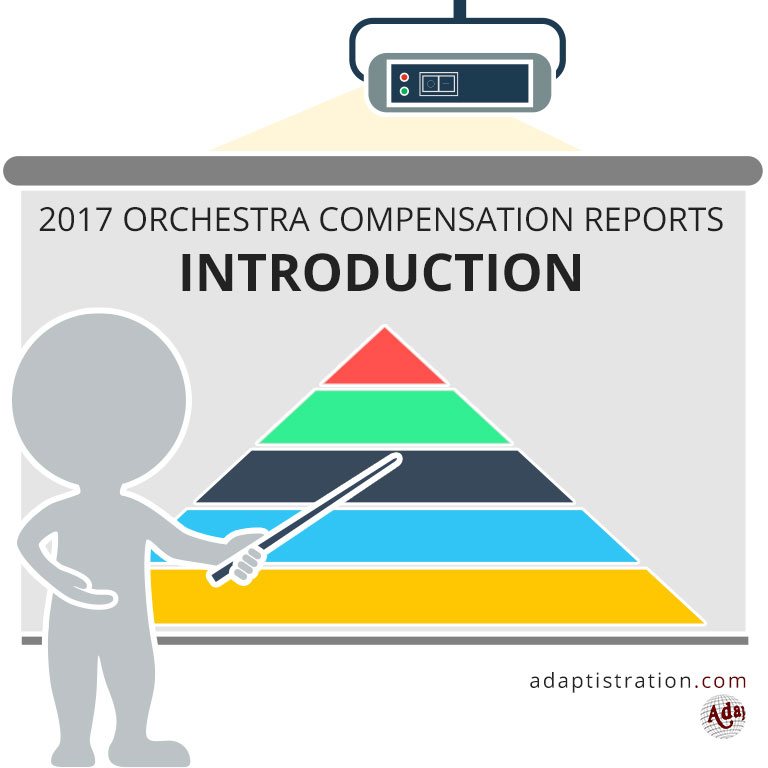As is the case with every annual orchestra compensation report, the most important element to keep in mind is these figures encompass the 2016/17 season and not the current season. Although it isn’t unusual to expect that the most recent figures available would cover the previous season, that’s not how things work thanks to these reasons:
- Most professional orchestras maintain a fiscal year structure that begins and ends at some point from June to August; as a result, they tend to file their annual return several months later than the typical April 15 deadline.
- When you add that date against the length of time the IRS takes to process and release the returns (anywhere from six to nine months), you arrive at the reason why the report covers a season later than expected.
The result is the most recent season available is always two seasons behind.
Notable Events
 Although we’ll be examining each of the items below in greater detail via their respective article, here are some highlights you can look forward to:
Although we’ll be examining each of the items below in greater detail via their respective article, here are some highlights you can look forward to:
- The average music director continued to enjoy a sizable increase in total compensation compared to the previous season.
- The average executive compensation increased over the previous season.
- The average concertmaster compensation made it two consecutive years avoiding negative growth.
- The cumulative total expenditures for every orchestra in the reports came to $1,342,609,848, which is just over half a million dollars more than the previous season.
- We added one new orchestra to the list: the Orlando Philharmonic.
Where The Information Comes From
In order to provide information that is as accurate as possible, info from the 2015/16 season is gathered from the following sources:
- All executive, music director, and concertmaster figures were obtained from their respective orchestra’s IRS Form 990 for the 2016/17 concert season.
- Total Expenditures were also obtained from each respective orchestra’s IRS Form 990 for the 2016/17 concert season (due to their relationship within a larger performing arts structure, Total Expenditure figures for National Symphony, Atlanta Symphony, and Dayton Philharmonic are not as readily available).
Adaptistration makes no claim to the accuracy of information from documents compiled or reported by external sources. If you have reason to believe any of the information is inaccurate or has changed since reported in any of the above sources and you can provide documentation to such effect, each respective article will have a form where you can submit that information.
Publication Schedule
- Tuesday, 6/18/2019: Executives
- Wednesday, 6/19/2019: Music Directors
- Thursday, 6/20/2019: Concertmasters
- Friday, 6/21/2019: Overview and multi-year averages
Keeping A Good Thing Going: Watching The Transparency Process Unfold Firsthand
Typically, whenever an organization’s 990 is missing compensation figures for one or more stakeholder and the reason isn’t something easily verified, I reach out to inquire. In most cases, the organization promptly responds, confirms the oversight, and provides the information along with any corresponding clarification.
The 2017 reports tried something new: each article was published with notes indicating any unreported figures and the respective organization was contacted for the missing information afterward.
The goal was to provide a more realistic sense of how often information is missing and confirm an organization’s commitment to the spirit of compensation transparency. It turned out to be an enormously effective approach so you expect more of the same this season.
Once each group can respond to requests for information and provide the missing figures, the respective articles will be updated accordingly.
Curious About Figures From Previous Seasons?
Then visit the Orchestra Compensation Reports archive where you’ll find links to each article in the series dating back to 2005. Articles from this year’s installment will be added as they are published.


